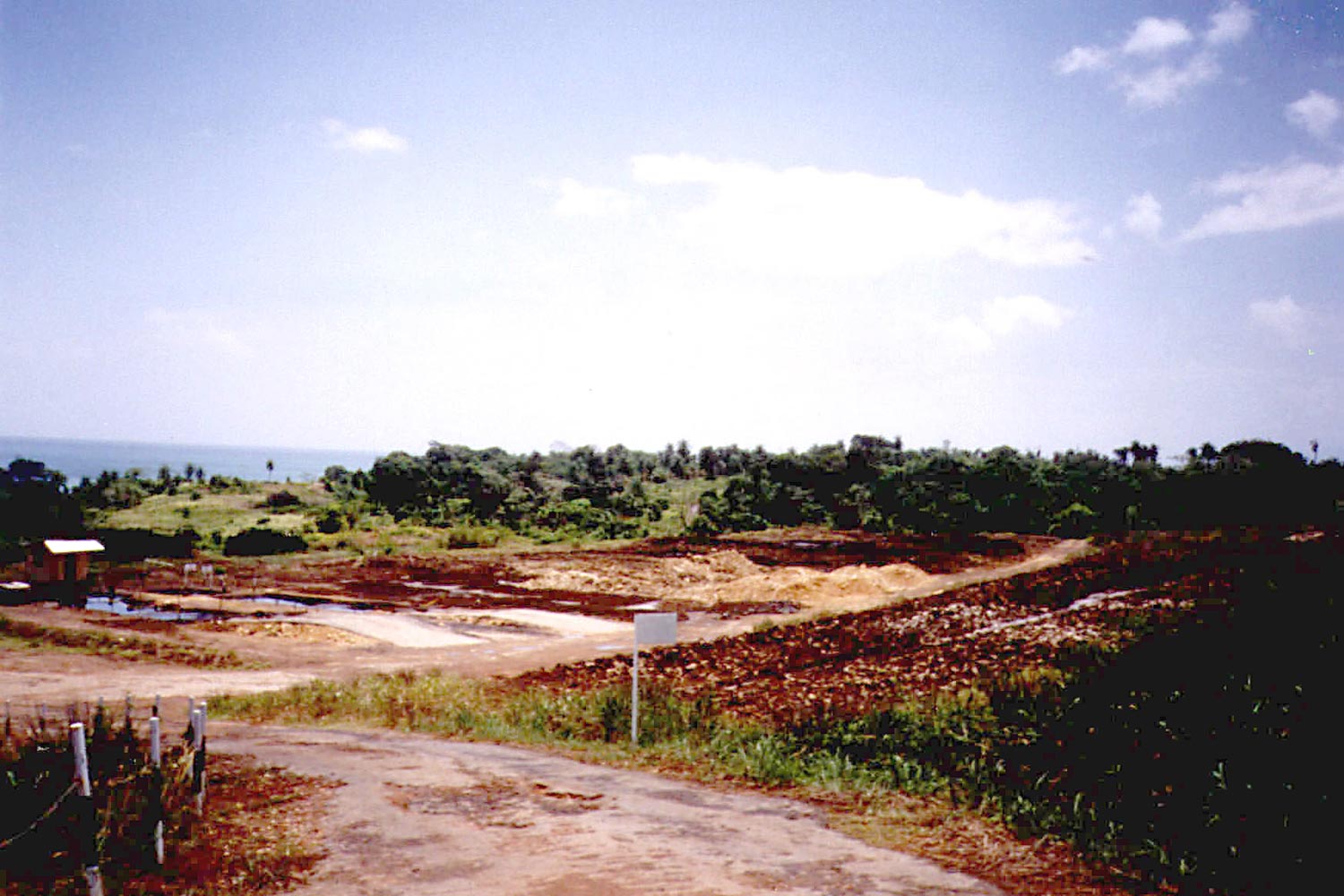So what is a bug?
A micro-organism, especially one causing disease, is one of the definitions for bug in the dictionary, and in general bugs have a bad image — which may be responsible for the phrase “you are bugging me” or the word bugbear, which is defined as something feared or disliked. I can’t help thinking of playboy millionaire Howard Hughes, the darling of the jet set, who developed a phobia about “bugs” and imagined them everywhere around him. He died a miserable death, afraid to touch anything, or have anything touch him, and almost unable to breathe what he considered to be bug-laden air.
For most people, bugs are organisms to be avoided, but perhaps we have been unfair to them, and guilty of unwarranted prejudice. Just as human beings can be good, bad, or indifferent, and while there are definitely bad bugs, there are also good bugs, which are increasingly being studied by scientists and used by technologists. In fact, it has been stated that maybe 99 per cent of all bugs are helpful — a striking example of how the presence of a few bad apples can give a bad reputation to the whole barrel.
A rose by any other name may smell as sweet, but we would not be initially attracted to the flower if it was called stinkweed, and therefore I will dignify bugs by calling them bacteria, the term preferred by scientists.
In an age of instant everything, including food, the public demands the convenience of ready-to-eat products, including packaged fresh salads, but they prefer these foods to be preservative-free. It has been found that non-pathogenic bacteria (aka good bugs) can be used to preserve food by producing acids that prevent the growth of spoilage bacteria like Listeria and E. Coli. One such bacterium is the lactic acid bacterium — Lactobacillus or LAB — which is amazingly versatile. It is found in pickles, yogurt, and cheese. Both good and bad bacteria thrive under conditions in common, but LAB can prevent the growth of harmful bacteria. Scientists are now conducting research, including computer modeling, aimed at ensuring the “good” bacterium always wins, clearing the way to fresh-packed vegetables and fruits that are convenient, natural, and safe.
Amazing as it may seem, there are 10 times more bacterial cells (10 trillion) than human cells in the human body, where bugs reside in the intestines, lungs, and skin. While some of these bacteria are harmful, the majority are helpful, and essential for human health. Scientists are now investigating the possibility of introducing helpful bacteria, including LAB, into therapeutic remedies. These remedies can be safely taken, even by infants, for complaints such as severe diarrhoea. The ubiquitous Lactobacillus has been found useful in the treatment of migraines, according to a CBS news release (“Take Two Aspirin and Some Bacteria”), since about 18 per cent of migraine sufferers were infected by the stomach bug Helicobacter pylori (a bad bug!), which could be helped by antibiotics. Using Lactobacillus seemed to be even more effective for participants in the study, and most treated migraine-sufferers remained headache-free for a year.
Helpful bacteria do not confine themselves to the human body. They also help to promote the growth of certain plants by fixing nitrogen in the soil, to purify water in sewage treatment plants and septic tanks, and to break down oil after accidental spills. We are all familiar with the damage caused by the latter — the ruined beaches and fouled boats, the consequent impact on tourism, and the loss of marine life and sea birds. In 1989, a mammoth oil spill from the Exxon tanker Valdez made headline news, as it coated miles of beaches in Alaska. Various clean-up techniques were immediately used, but one of the most effective was the use of naturally occurring oil-eating bacteria.
When badly fouled beaches were sprayed with a nitrogen phosphate fertiliser, a nutrient for these bacteria, the previously black oil-covered rocks and gravel became a glistening white, as if new rocks had been introduced. It was a very heartening result for the Exxon microbiologists and other scientists involved in the clean-up exercise, involving 11 million gallons of oil, as the presence of these oil-eating bacteria in Alaskan waters was not a certainty. When the surface oil had been consumed, the energised bacteria seemed to burrow down into the gravel to a depth of at least three metres to find more oil.
This addition of nutrients to bacteria to enhance their desired activity reminded me of the time I led a Caribbean Industrial Research Institute (CARIRI) project for Trinidad and Tobago’s national oil company Trintoc (the predecessor of today’s Petrotrin), to investigate the microbial enhancement of oil recovery (MEOR) from stripper oil wells containing heavy crude oil. In this case, the nutrient for the naturally occurring bacteria was molasses, and I can still remember the expression on the faces of the petroleum engineers at the idea of putting molasses into an oil well! The idea is not as crazy as it sounds — I got it from pioneer work in MEOR carried out in Romania, where molasses was also used. Molasses was also used in American and Chinese MEOR projects, but this was the first introduction of the technique to Trinidad, and a certain degree of skepticism was understandable.
In this stimulation of naturally occurring bacteria in the well’s formation water, the aim was to reduce the surface tension of the oil and its adherence to the rock face, and to reduce the heavy crude to a lighter oil which would be easier to recover. The project was successful, and a paper on the results obtained was presented at the 1992 International Conference on Microbial Enhanced Oil Recovery.
CARIRI also did some preliminary work on the use of naturally occurring bacteria to clean up oil spills, and this previous investigation, and my interest in MEOR, led me to the offices of Kaizen Environmental Services, based in Pointe-a-Pierre. Kaizen’s waste management division includes bioremediation among its services, for the treatment of oily contaminated waste, and naturally occurring microorganisms are used in this treatment. A Kaizen report describes how “contaminated material is spread on the ground in a thin layer, and the contaminants are allowed to degrade under the action of naturally occurring microbes in the underlying soil. The contaminated media may be tilled into the underlying soil, and nutrients may be added.” Oily wastes subjected to the bioremediation process are those “waste sludges originating from primary crude production, refining, or secondary petrochemical processes, and emulsions that contain a maximum of six per cent total petroleum hydrocarbons.”
Kaizen has been busy! It has carried out bioremediation on and reclaimed 300 acres of the Brighton oilfield facility, along with a number of battery sites, oilfield pits, gathering stations, pipeline headers, a small refinery site, and a tankfarm.
Just another example of the activity of friendly bugs!




















